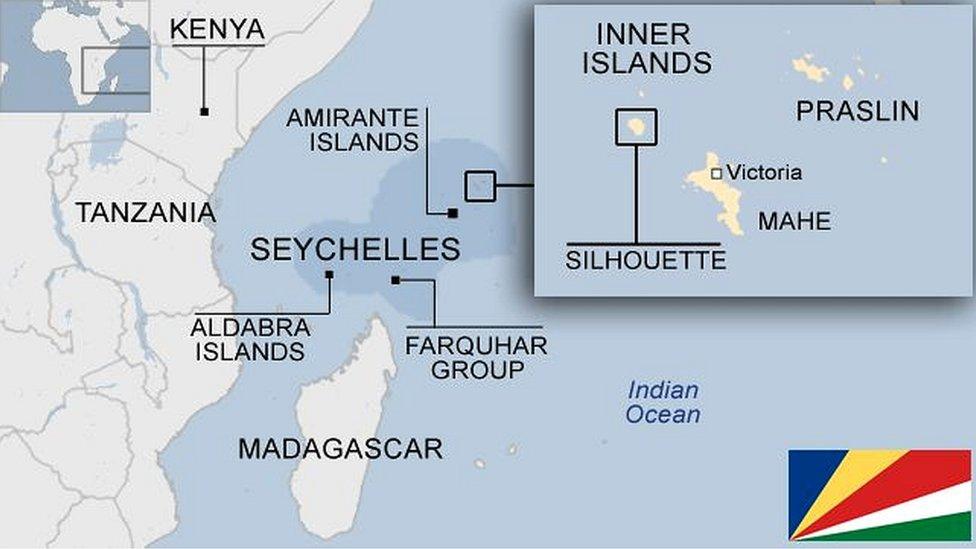How Seychelles ocean plants could help tackle climate change
- Published
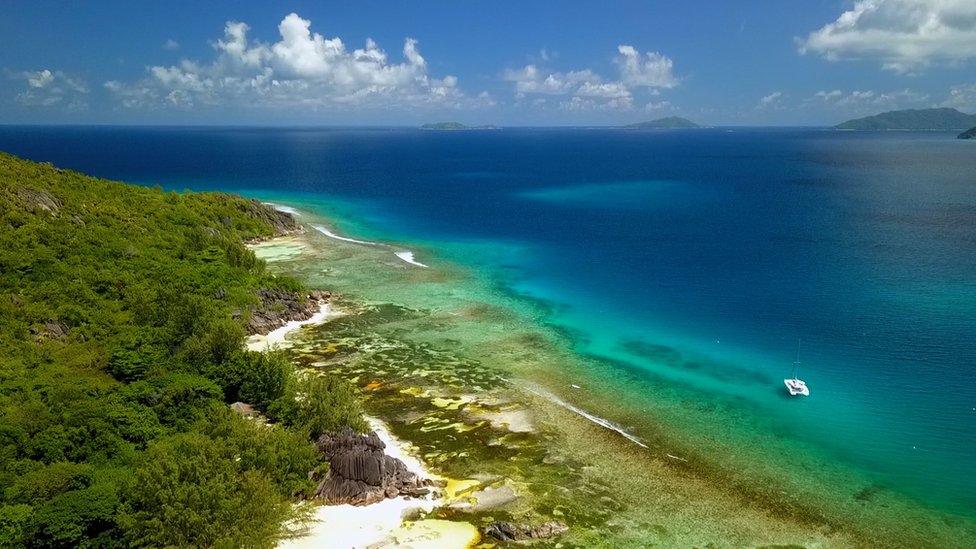
When the tide is out, Errol Renaud can see seagrass meadows on the ocean floor from his coastal home on the Seychelles island of Mahe.
He's among many local people who have held up a hotel development that would have reclaimed the area.
"There's a lot of seagrass meadows here, and there's a lot of fishermen across this area who put their fish traps there. So they depend on this area," Mr Renaud says.
There are already two land reclamations near his home that have disturbed seagrasses that act as a barrier to rising ocean levels and extreme conditions.
"This reclamation done before, during the monsoon it means a lot more sand is coming onto one side, and we are seeing much higher waves.
"With climate change, we are losing a lot of it in this area," he says, of the region he has lived in for more than two decades, and where he is seeing his land increasingly saturated by rising water levels.
Coastal wetlands - like seagrasses, mangroves, marshes and swamps - have multiple environmental benefits. As well as defending against rising waters and harsh weather caused by climate change, and promoting biodiversity, they are seen as one of the most effective solutions in fighting against global warming.
A study published in the Royal Society's flagship biological research journal says seagrasses capture carbon at a rate 35 times quicker than rainforests. If undisturbed, they can hold carbon for thousands of years, far longer than terrestrial plants. They thereby play the role of a natural carbon sink.
They account for 10% of the ocean's total burial of carbon, despite covering less than 0.2% of the ocean floor, a report in the scientific journal Nature Geoscience said.
But the total amount of seagrass is declining, creating the risk of this marine plant going extinct soon, according to researchers in the US.

Seychelles is extremely vulnerable to the effects of climate change
At last month's COP27 climate conference in Egypt, activists and international bodies called for a greater drive to protect and use these nature-based solutions to combat climate change.
As a nation made up of 115 low-lying islands, Seychelles is extremely vulnerable to the effects of climate change but around those islands, there is enough seagrass to fill hundreds of thousands of football pitches.
The government has committed to protect half of its seagrasses and mangroves by 2023, and 100% by 2030.
This year it became one of the first countries to accurately map all of its seagrass ecosystems nationwide.
Samples from its seagrasses and mangroves are being analysed to calculate how much carbon they store over time. Such carbon held in coastal wetlands and their sediment is referred to as "blue carbon" - as opposed to "green carbon" held in plants on land.
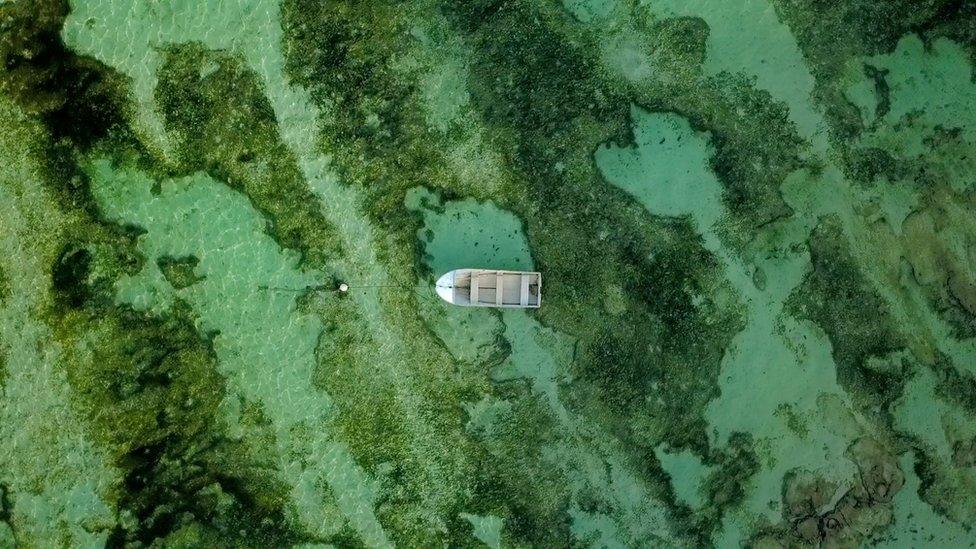
Seychelles hopes to expand its seagrass meadows, to store more carbon
A project by the independent trust SeyCCAT is behind the mapping and analysis. It is providing the results for the government to use. It has also raised public awareness about seagrasses - providing education about them primarily to school children and university students.
Countries typically use satellite imagery to map seagrass, but that is unreliable and can confuse them with algae, like seaweeds and kelp, which differ in that they don't have roots anchoring them to the seabed. The SeyCCAT project undertook field work using remote sensing technology and took sediment samples to reliably map the meadows.
At a lab in the University of Seychelles, researchers are breaking down the around 2,600 samples to get to the carbon.
"We would like to understand how much carbon was stored in the seagrass over the last few years, in order to inform the government who want to determine how much carbon content is in those seagrass around the Seychelles," says Jerome Harlay, a lead environmental scientist on the project.
"We would like to use these numbers as mitigation to climate change. How much carbon they can remove from the atmosphere, compared to what our human activity is adding."
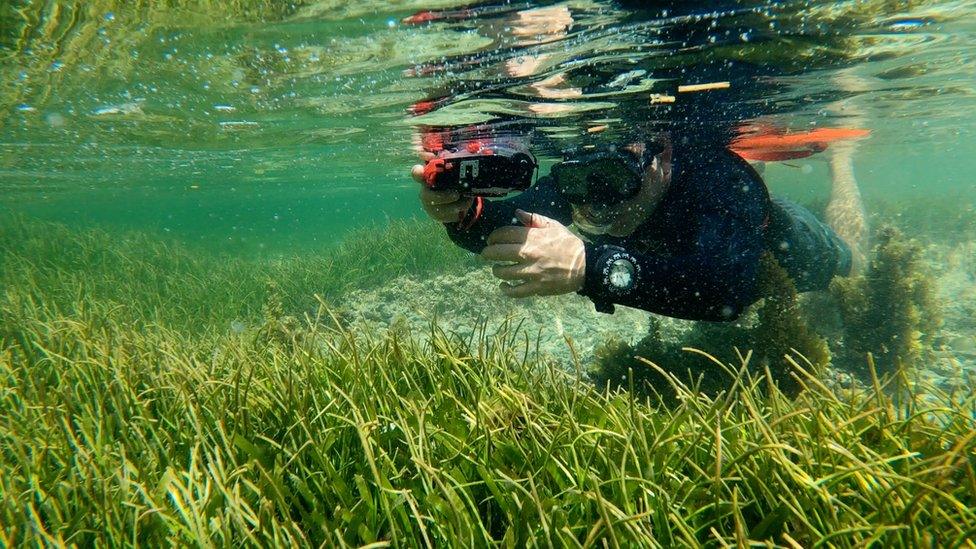
Jerome Harlay has taken a hands-on approach to mapping the seagrass
This analysis means Seychelles could be the first nation to report its blue carbon stocks to the UN as part of its greenhouse gas emission report. And it will be able to show how these stocks are helping the country meet its Paris Agreement contributions to keep global warming to 1.5 degrees Celsius.
Having mapped the ecosystems, the government can define its policy strategy, ongoing management, and legal protections for them. That is the next phase of the SeyCATT project, which it will work with the government to try to achieve.
Knowing what its true blue carbon stocks are, Seychelles will be able to trade it with other countries wanting to offset their emissions.
Carbon trading can be one among several economic benefits of protecting the seagrass, according to the principal secretary of Seychelles Ministry of Agriculture, Climate Change and Environment, Denis Matatiken.
"Seychelles depends greatly on fisheries and tourism. They are considered the pillars of our economy," Mr Matatiken says.
"However, the foundation of those pillars is the environment. So by protecting the environment, then it means those pillars can stand. And this is how we can grow as a small island nation."

Errol Renaud thinks seagrass can earn as much as money as the proposed hotel
As countries continue making commitments on how they will help mitigate global warming, Preethi Sushil Nair, from the United Nations Development Programme in Seychelles, says this project in Seychelles can be a guide for other parts of the world too.
"In terms of scaling up, it is possible because we know that the solutions lie in nature.
But she says that having "the tools in terms of data, analytics, maps" is needed for other countries to draw up their own policies and help tackle climate change.
"And as long as that commitment is there, and there is community engagement, then it has a huge success rate."
Back at the coastal community, Mr Renaud sees protection of the seagrasses and employing blue carbon stocks as only benefit: "If we look at the carbon potential of the seagrass in our area, with 50 hectares or so, we could offset the money the hotel project would've brought to the economy."
While the Seychelles has a way to go to truly make use of its blue carbon stocks, it is offering a solution to reduce global warming that others can follow.
Related topics
- Published6 November 2021

- Published8 November 2022
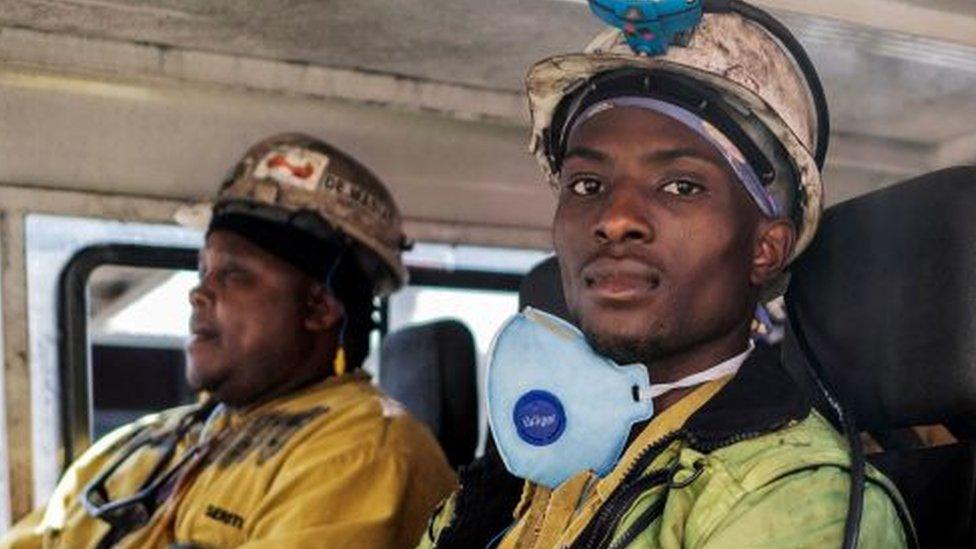
- Published24 October 2022
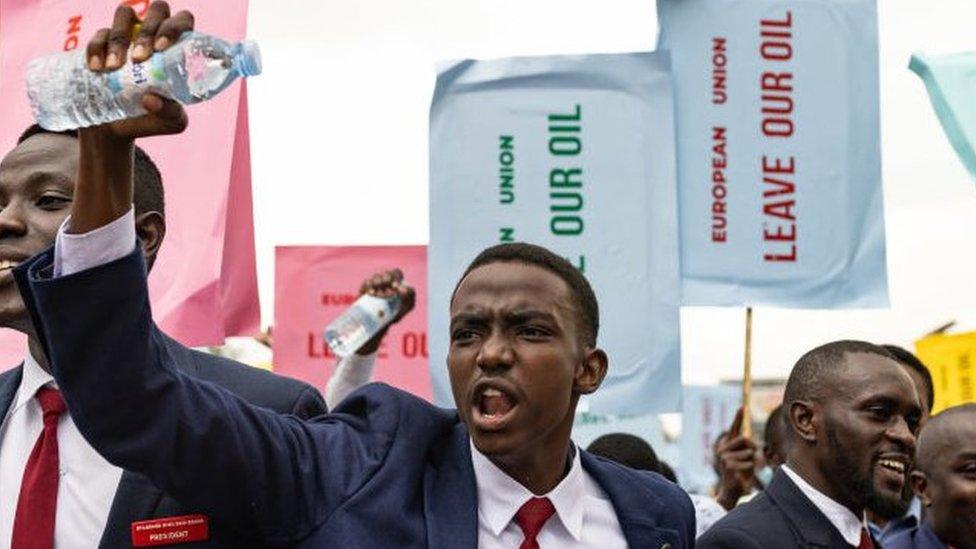
- Published21 July 2023
